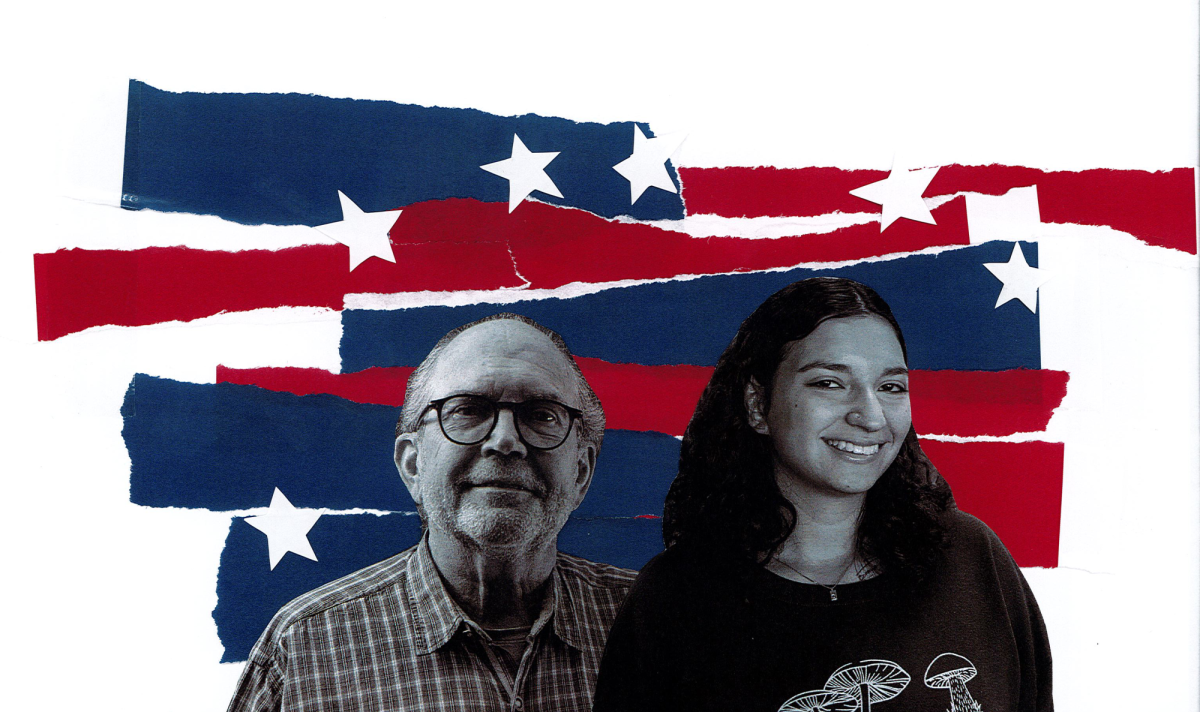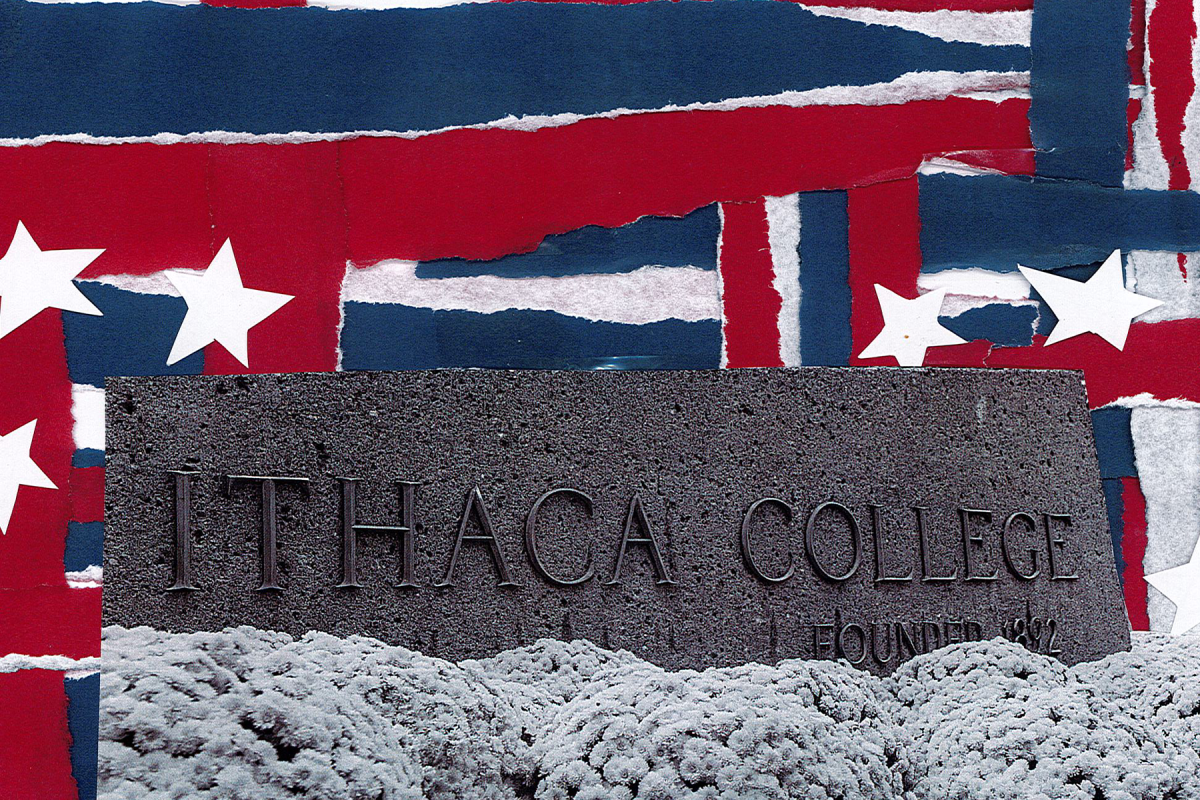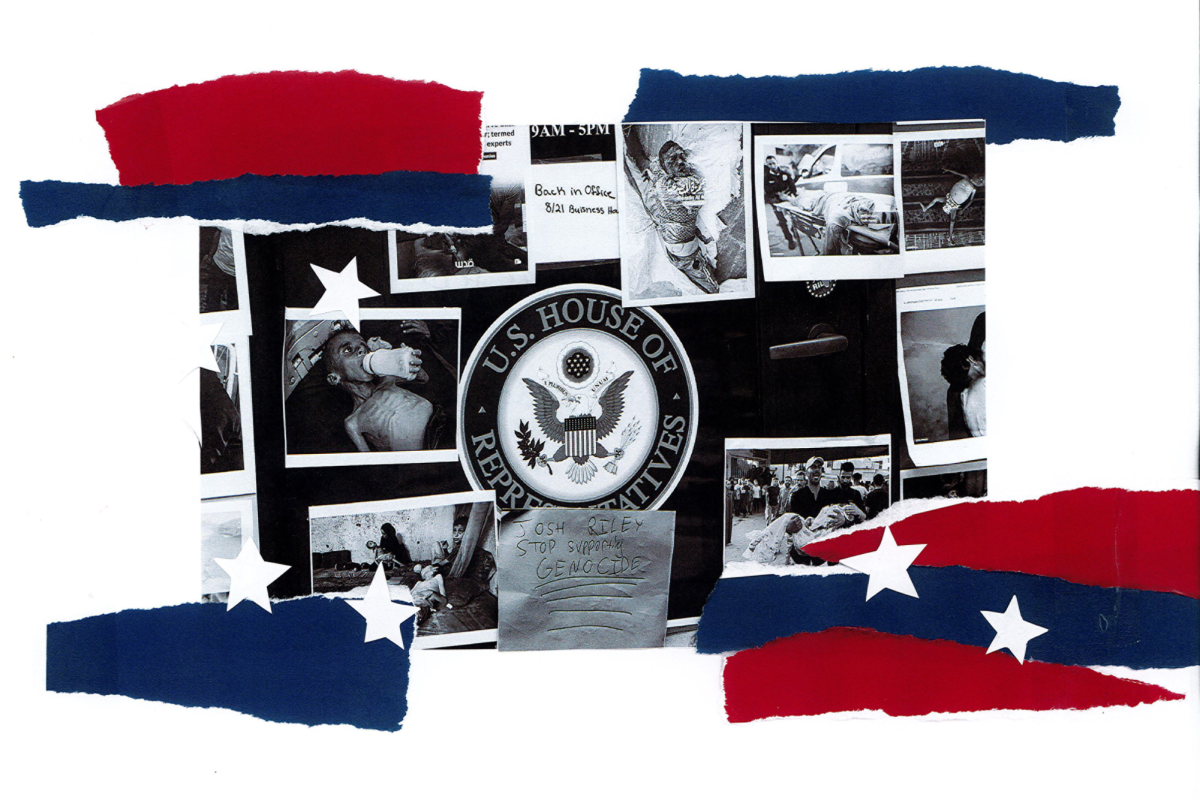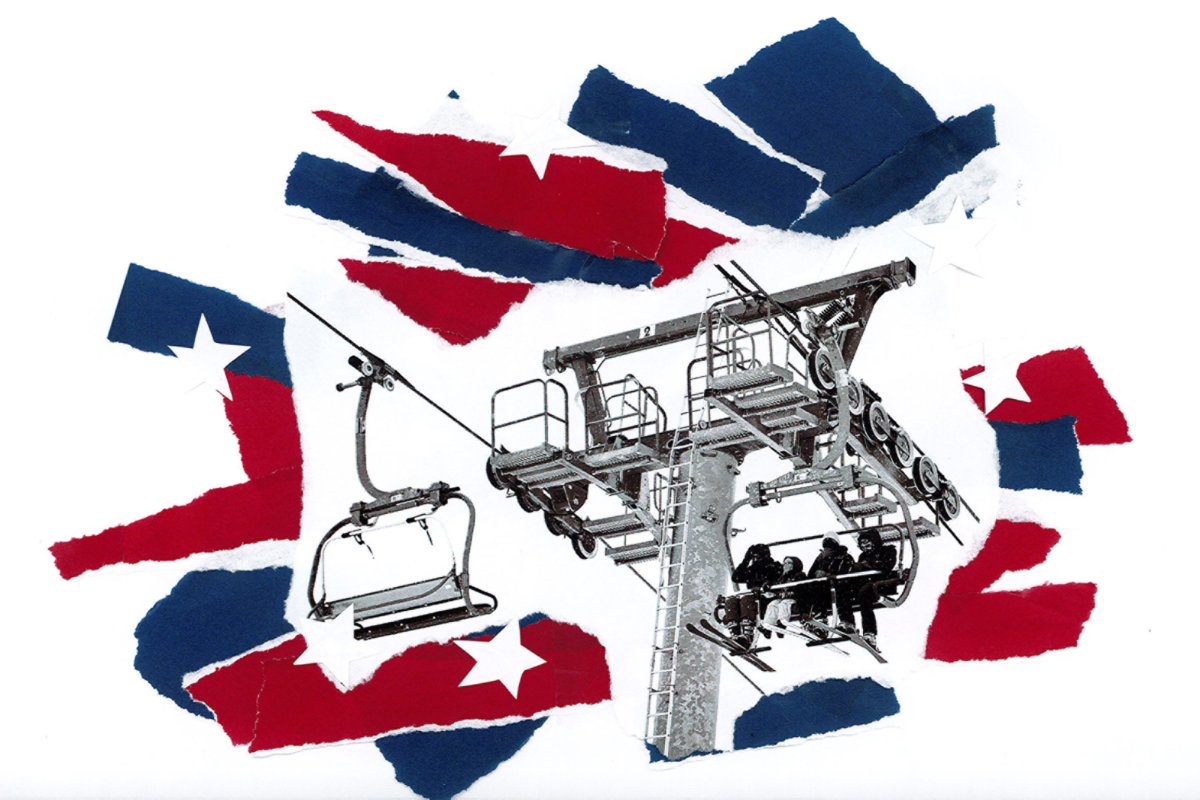When Ithaca College senior Jon* met Mollie, it was love at first sight.
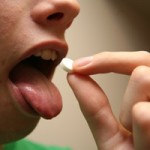
“I’m used to taking Ecstasy a lot, so when my buddy whipped out Mollie for the first time, I just popped it without thinking,” he said. “Once I got jacked up on it, I was set for the night.”
Jon said the drug has become a staple in his social life, given its effects, availability and affordability.
“The first time I took Mollie I was at a Cornell frat party freshman year, and I just danced like crazy,” he said. “But as I’ve taken it more and more, I just like sitting around and zoning out with friends.”
This new drug, increasing in prevalence in Ithaca as well as around the nation, is growing in popularity among the club scene while flying under the radar of law enforcement.
The Drug Enforcement Agency only started to consider Mollie a drug threat in 2004, when it classified it as a Schedule 1 drug, because of ease of accessibility, availability, potential for abuse and lack of purpose in the medical community.
Tina*, an Ithaca resident, said she has been dealing marijuana for years. She picked up Mollie to sell in 2004, around the time the DEA made the drug an investigative priority.
“I started getting the stuff about four years ago, and I started selling it because it was cheap and I made a huge profit,” Tina said. “A lot of college kids came from cities where Ecstasy was cheap, and there isn’t any of that up here. This works as a better alternative.”
According to the DEA, Mollie can refer to two distinct types of drugs. One version is synthesized mainly from the combination of two synthesized drugs, Trifluoromethylphenylpiperazine (TFMPP) and Benzylperazine (BZP). Together, the drugs mirror the effects of traditional Ecstasy (Methylenedioxymethamphetamine, or MDMA) when snorted or taken in pill form. The drug is often marketed as a safer, cleaner and stronger version of Ecstasy.
Once the drug is taken, the user feels intensely euphoric and energetic. The stimulant is supplemented with hallucinations, making the user feel as though they are mixing Ecstasy and LSD.
Senior Henry* said he takes Mollie as a form of relaxation.
“Most weeks I am pulling my hair out I am so stressed,” he said. “When I am able to take some time off on the weekends, I like to go wild. Taking Mollie is definitely a lot more fun than drinking and stuff because it gives you a better state of mind.”
According to the DEA, the drug also has dangerous side effects. Taking Mollie could cause nausea, insomnia, anxiousness, headaches and seizures. Also prevalent is a type of all-day hangover experienced the day after use, in which the user feels extreme lethargy.
The second form of Mollie gives the drug its name. Short for “molecule,” this strand is a stronger, differently cut version of Ecstasy. While every pill of Ecstasy is different, as it is often cut with other chemicals such as heroin or cocaine, Mollie is not introduced to these other chemicals. This is known to many users as the pure and less tampered version of Ecstasy that can give a “more honest” high.
Mollie of this persuasion is taken by either powder or pill and mirrors many of the effects of Ecstasy, including euphoria and heightened senses. Yet it also comes with the same risks as Ecstasy, including short-term dehydration, hyperthermia and, with habitual usage, deterioration of many brain functions including memory and motor skills.
Mollie and other club drugs are not known to be addictive in that users feel withdrawal cravings, though a tolerance can be obtained through frequent usage.
The effects of the two drugs are similar, though the TFMPP-BZP mix can give the user
unexpected hallucinations.
Paul Mikowski, a psychologist who works with the Ithaca College Counseling Center in substance abuse prevention, said one of the major risks buyers face is not truly knowing what they are ingesting.
“Whenever you buy a street drug, especially in pill or powder form, it can be just about anything,” he said. “It is too easy to overdose, get some drug you do not want or to simply get a fake with such an ambiguous form. How much do you really trust the person who sold it to you?”
Mikowski said studies show less than 5 percent of college students have used designer drugs in the last year, making it far less prevalent than alcohol abuse, marijuana use or tobacco smoking.
But Tina said most of her customers never ask, and likely don’t care, what it is they are buying.
“As long as it got people high, they would take it,” she said.
While Jon said he wasn’t aware there were two forms of Mollie, he said he has noticed differences in his experiences with the drug.
“Once in a while you get Mollie and then you trip out like crazy,” Jon said. “It’s hard to tell what to expect because it’s not the same high every time.”
Public Safety Investigator Tom Dunn said he is aware of the threat of Mollie, but it has not been seen by campus police.
Jon said he will continue to use Mollie regardless of the risks.
“It sucks that Mollie might not be what I think it is, but whatever,” Jon said. “I’m young and have put worse stuff in my body than this, and even if I get a bad trip once in a while, that’s how it goes.”
For more information about drug abuse, contact the Counseling Center at 274-3136.




